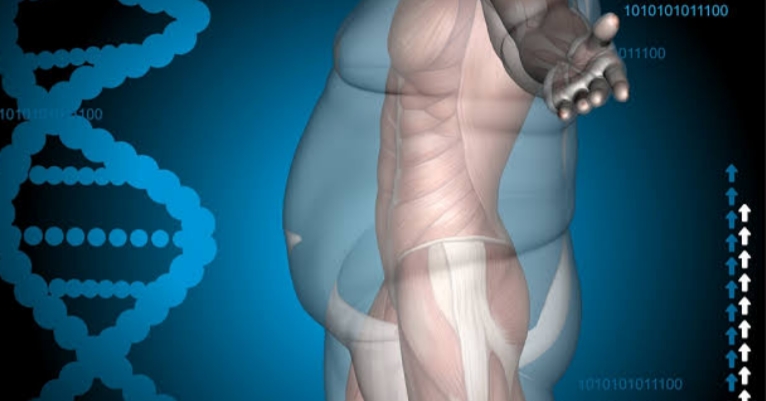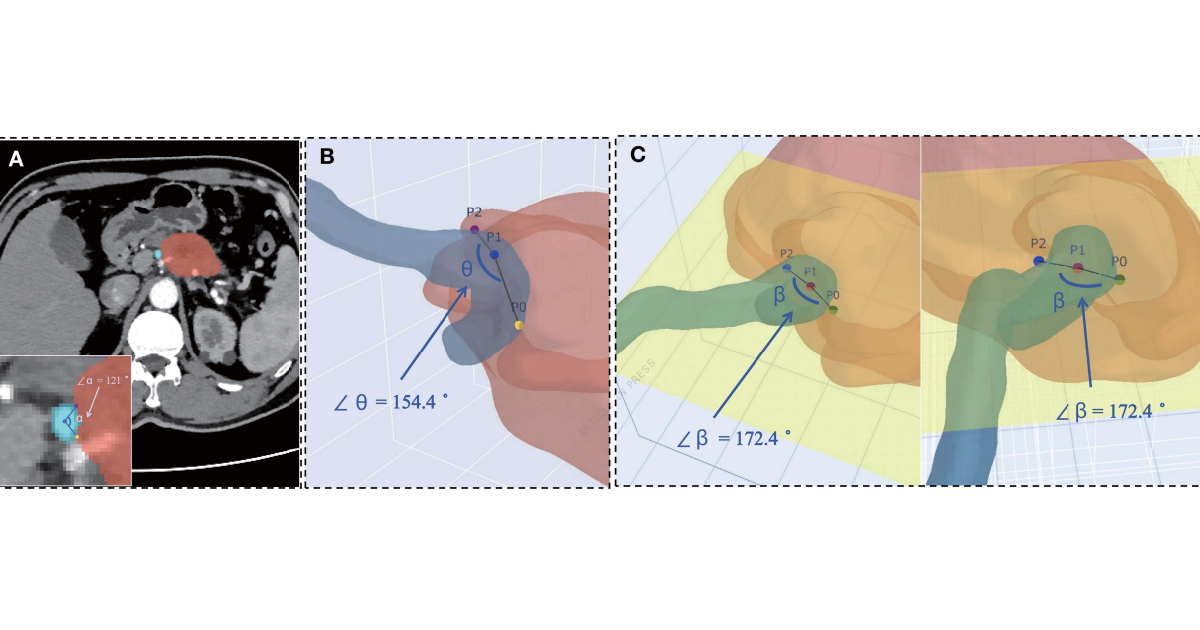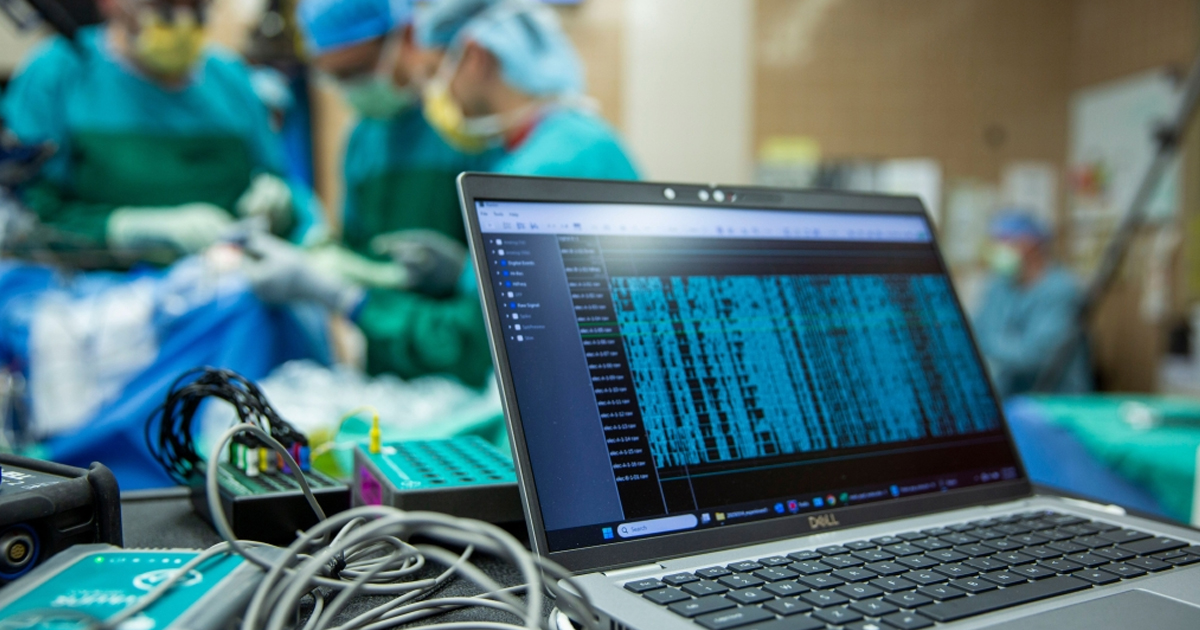Las tecnologías y soluciones digitales, han sido aplicadas para mejorar la detección de los trastornos del espectro autista (TEA) y mejorar la participación familiar en el tratamiento del paciente.
En los últimos años se han creado diversas herramientas de Digital Health, especiales para apoyo a personas con autismo. Por ejemplo, intervenciones basadas en software, dispositivos de realidad aumentada, o robots para mejorar las técnicas de interacción social.
Sin embargo, a pesar de los avances de estas soluciones tecnológicas, la evidencia científica aún no es suficiente, para determinar que generan un beneficio real a los pacientes autistas. Diverse studies han encontrado la poca efectividad de muchas herramientas digitales para la atención de pacientes con autismo.
Por otra parte, las tecnologías digitales diseñadas para mejorar los servicios de los prestadores de servicios, como plataformas de monitoreo, telehealth y dispositivos de comunicación, han resultado ser más eficaces.
“Las plataformas digitales, como las aplicaciones de recopilación de datos y monitoreo del progreso, están diseñadas para reducir la carga asociada con la recopilación de datos, un componente crítico de la atención basada en evidencia”, explican especialistas en un study published in 2019.
The telehealth, por su parte, tiene grandes beneficios en la accesibilidad al tratamiento y a la reducción de costos. Gracias a tecnologías remotas es posible brindar atención a pacientes autistas en comunidades rurales.
Además, gracias a las nuevas tecnologías digitales, se han desarrollado enfoques para la identificación de signos de neurodiversidad desde la primera infancia. Un estudio publicado en The Lancet Child and Adolescent Health, explore these solutions and their potential.

Los autores del estudio presentan un enfoque colaborativo entre padres y profesionales. “Hemos intentado en este modelo combinar las mejores ideas de cómo se organizan los servicios para otras condiciones de salud a nivel internacional, la mejor evidencia de nuestro campo sobre la identificación de la neurodiversidad y la atención asociada, junto con escuchar lo que las familias y los autistas comunidad dice que necesita”, explican.
Por otra parte, la psicóloga Sandra Bucci del Instituto Nacional de Investigación en Salud (NIHR, en inglés), explica que las tecnologías de Digital Health ofrecen oportunidades para facilitar la atención y brindar un apoyo personalizado a niños autistas y sus familias. “Esto ya está ocurriendo en otras áreas de salud mental, y es hora de aprovechar las herramientas digitales para optimizar la atención de los niños y sus familias y los flujos de trabajo clínicos en los servicios”, explica.
Conoce más sobre el trastorno del espectro autista en los siguientes enlaces de Fundación Carlos Slim y explora recursos informativos como videos, infografías y manuales:
También puedes acceder al siguiente cuestionario que tiene como propósito evaluar el nivel de desarrollo de tus hijo o hija y así poder identificar si existe alguna señal de alerta en relación con su desarrollo: https://www.clikisalud.net/espectro-autista-en-ninos/
Asimismo, puedes consultar la gran variad de materiales desarrolladas por Ausitm Speaks, que contiene información sobre la introducción a tratamientos, preguntas frecuentes y consideraciones sobre el autismo en niños: https://www.clikisalud.net/autism_speaks/







